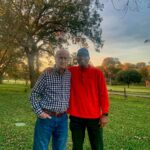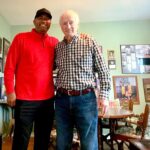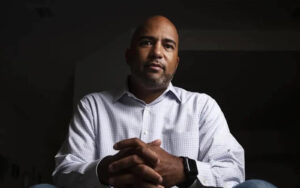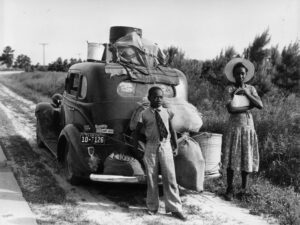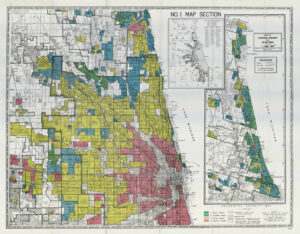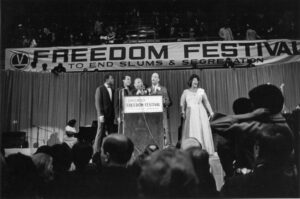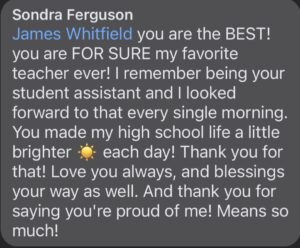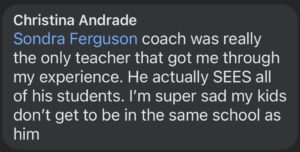Commitment coupled with feedback and accountability is a very powerful mechanism for growth. From the beginning of 2023, I’ve committed to writing this reflective blog. In such, I’ve tried to capture everything from feelings, life events, and various happenings across society. Truth be told, I was hesitant to make this commitment public, as I had deep concerns as to how much time I would have to devote to such an endeavor.
But here we are. And you, the reader, have stood in the gap on so many occasions over the course of this year. Family, friends, and complete strangers, have been a strong source of encouragement and accountability throughout this journey.
Accountability Can Actually Be a Good Thing
I’m in public education in Texas, so I know the word “accountability” tends to leave a bad taste in folk’s mouths. Over time, it has seemingly been used as a gotcha-type weapon. We won’t delve into the convoluted mess that is the testing and accountability system in Texas. Trust me, it would only make your head hurt. Conversely, the accountability that you, the reader, have offered to me is something quite different.
Along this journey through life, our receptiveness to feedback, level of commitment to that which we hold dear, and willingness to embrace accountability is key to our growth. And, sometimes, we get in our own way when it comes to these different qualities. I know that’s been the case for me, especially in my younger days.
Guidance Beyond The Court
In my first year of high school, I had a very small, tight knit group of friends that I associated with. As the years passed on and I began to take on more of a leadership role within the basketball program at Midland High School, my circle expanded. This was not always for the better.
My basketball coach, Jack Stephenson, played such a huge role in my life as a young man. He was relational, receptive, and had his hand on the pulse of anything and everything that was going on with his players. He cared at a deep level. And as my circle grew, the conversations became more frequent.
“James, you have to decide what you want to do and who you want to be. You’re as talented as they come, but you’ve gotta be careful about your circle – birds of a feather flock together”, he’d say on many occasions. Over time, I would find myself in the precarious situations that many young wayward teens often find themselves. And, as usual, Coach was spot-on.
Among various family members and friends in the neighborhood there was plenty of opportunity to get caught up. He saw it and, without being preachy or judgmental, had deep guided conversations with me about my future. Coach Stephenson’s office door was always open to any and all who needed him. I remember more than one session in that office where he was trying to ensure I stayed on the right path. If I’m completely honest, on more than one occasion I left thinking “dude just doesn’t want me to have any fun.” But, over time, that time and wisdom he shared would show up in powerful ways.
He was offering feedback. Giving me a space to be, feel, and reflect. He knew my commitment to playing college basketball. He also knew that I was going to become a father in March of my senior year. And he was there to hold me accountable for that which I’d committed to.
Turn The Page
While I would go on to graduate and eventually fulfill that commitment, it was not without multiple failures. So many missed opportunities and hard lessons learned. Through it all, I could hear the countless conversations with Coach Stephenson ringing in my being. My grandmother, My Ma, was there to offer her love, unyielding support, encouragement, and willingness to hold me accountable to my commitments. My young son, Jordan, who was just a baby at the time, was there, looking back at me in a way that said “keep going, Pops”.
Commitment, Accountability, and Feedback were determinant factors in my growth as a young man who had such high hopes, but such a chaotic scene to make sense of.
I truly do not know where I’d be today without these monumental figures in my life along the way. As I look back on the weekly words chosen over the course of this reflective blog journey it is clear that, much like my life, it has been filled with twists and turns, joys and pains, and unbelievable highs and devastating lows. But, yet, here I am. Writing these words. Living this life. Embracing every moment as it comes. And committed to continued growth and positive impact over the course of the time I have left here on this earth.
Gratitude and Growth
As we head into the last several weeks of this journey I just want to thank you. Thanks for every comment, every share, every “like” and/or “love”. Thank you for all the emails where you shared your connection to the piece. Your feedback has been greatly appreciated and welcomed. And that feedback has been a strong, steady mechanism of accountability. Thank you for helping me grow. And, I hope that maybe even in some small way, I have been part of your growth, as well. Wishing you all the best this Christmas season as we round our 2023.
And to Coach Stephenson, I love you so much. I’m so grateful for your presence in my life. Merry Christmas, Coach!
